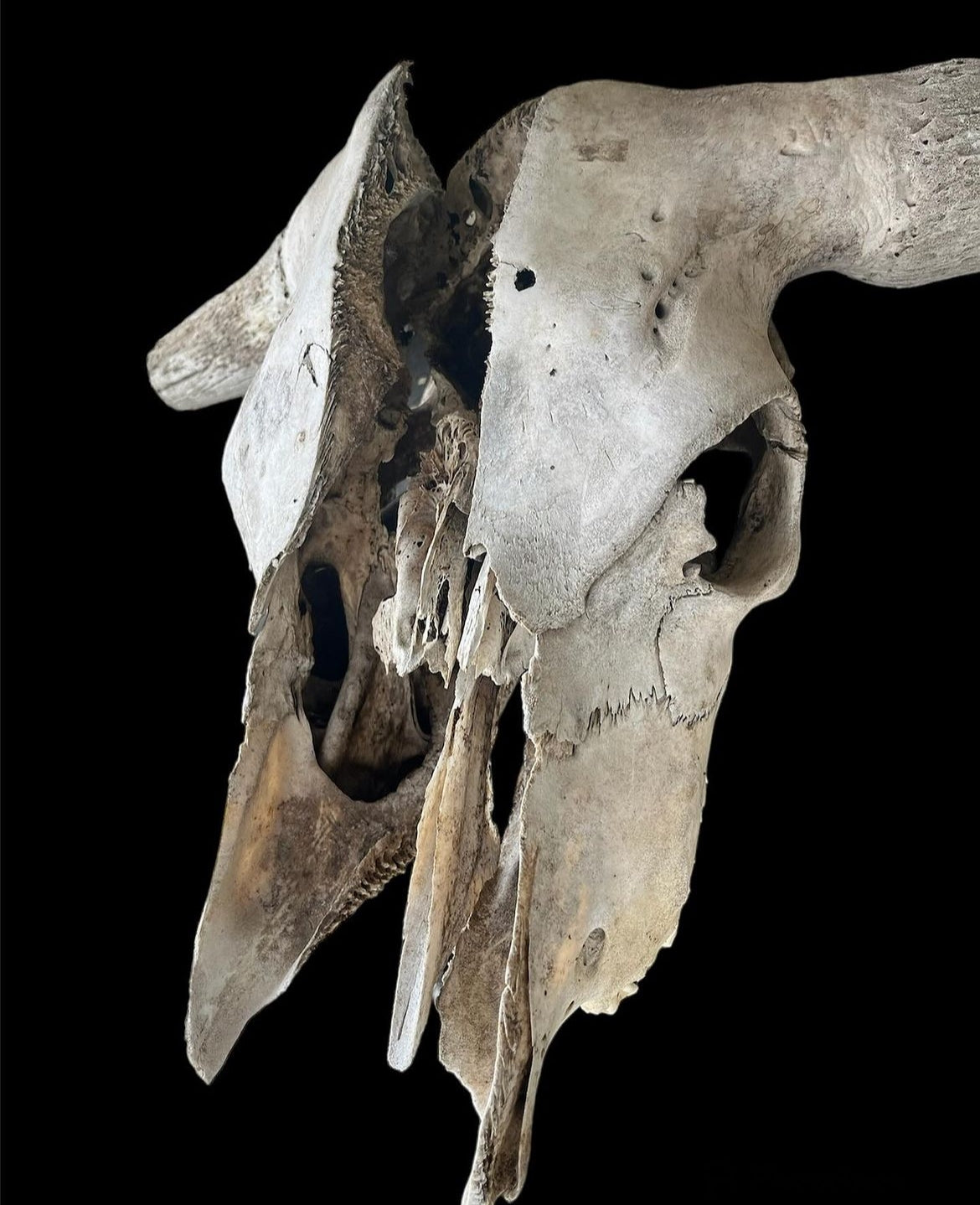
Sun Bleached Bones
Sun-bleached bones are skeletons that have been whitened by long term exposure to sunlight. This natural process occurs when bones are left out in the sun for extended periods, particularly in dry and sunny environments. The sunlight's ultraviolet rays break down the organic components of the bones, resulting in their loss of color and turning them white.
These bleached bones are not only scientifically interesting but also carry symbolic meaning. In archaeological studies, they provide valuable insights into past civilizations. By examining their color and surface, researchers can learn about burial practices, diets, and living conditions of ancient peoples.
Sun-bleached bones are also powerful symbols in literature, art, and folklore. They often represent themes of mortality, decay, and the passage of time. They serve as reminders of the impermanence of life and the cyclical nature of existence.
Environmental factors such as temperature and humidity influence the bleaching process. Dry climates speed up bleaching, while moisture can slow it down or change its outcome. Despite being exposed to the elements, sun-bleached bones can remain well-preserved for long periods, especially in stable environments like deserts or caves.